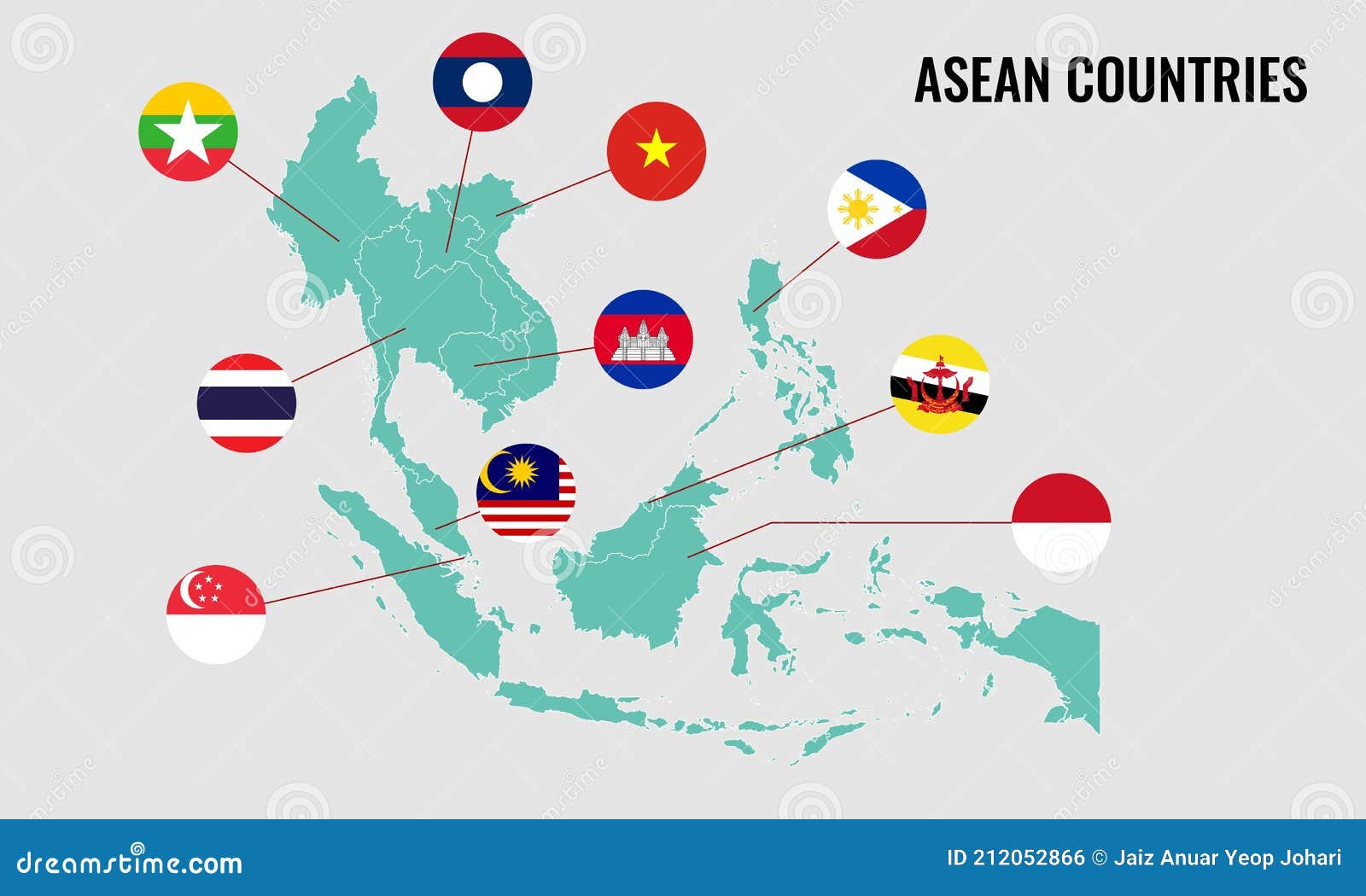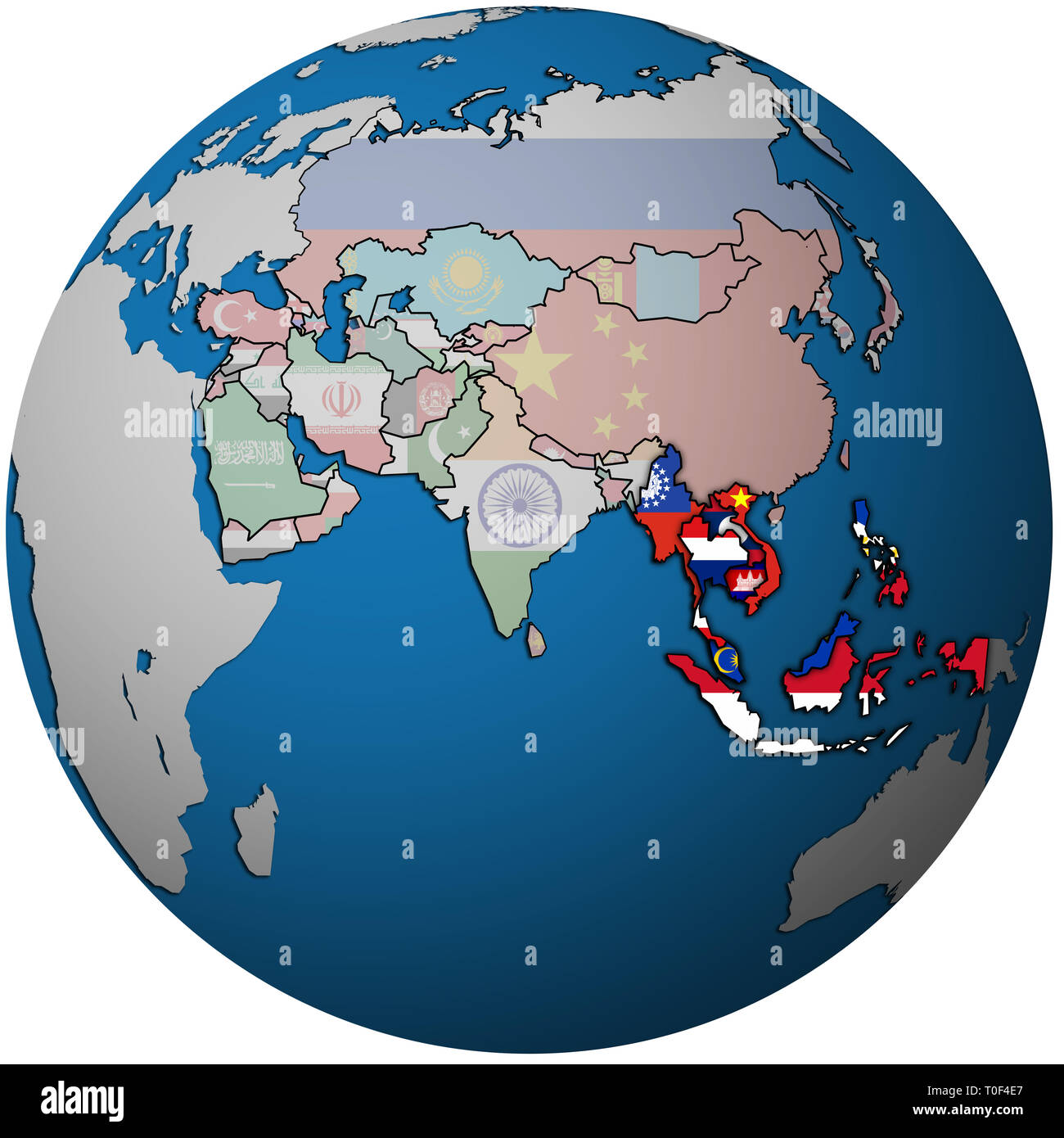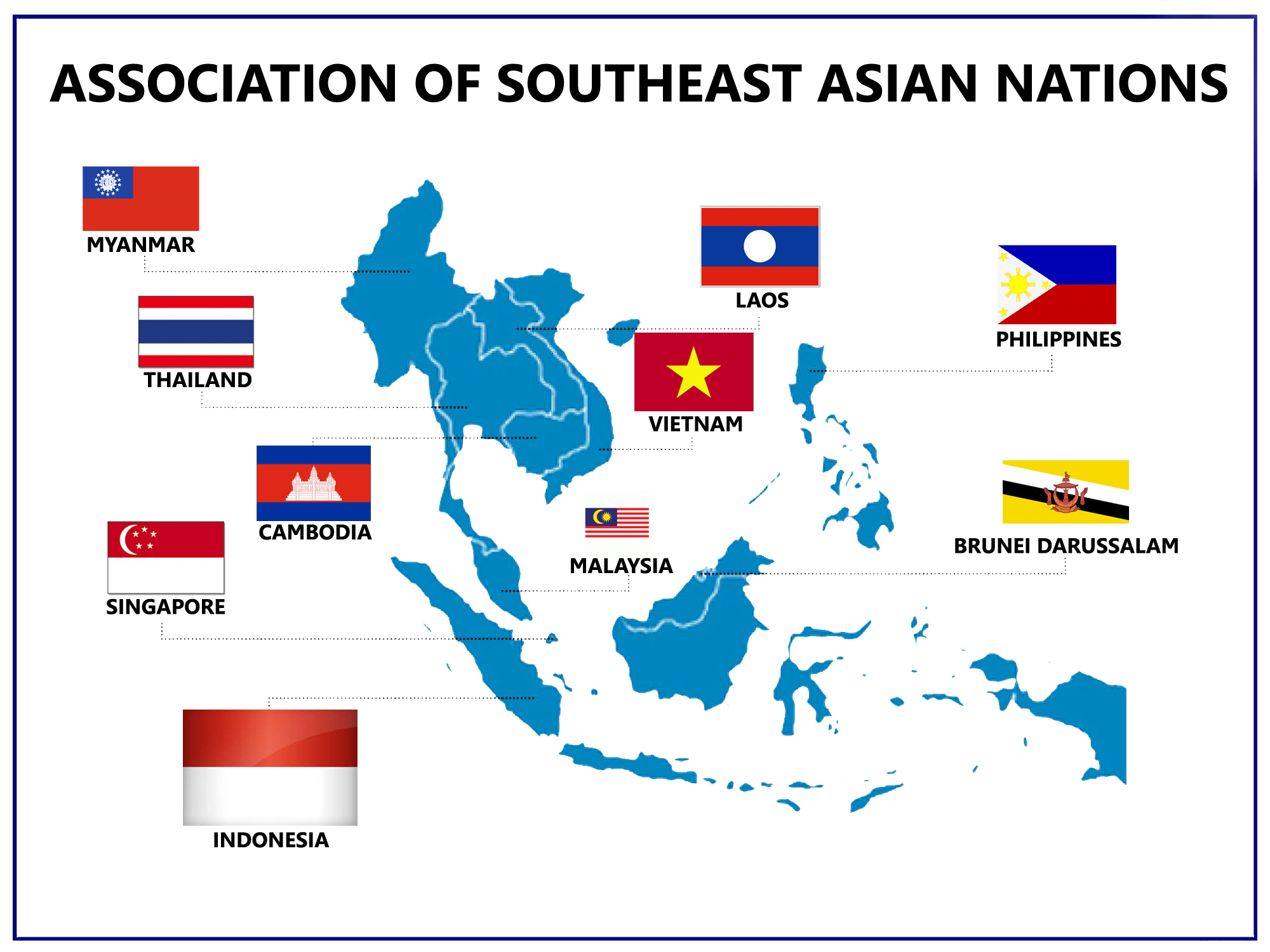ASEAN: Decoding the Economic Powerhouse Shaping the Future of Asia
The Association of Southeast Asian Nations (ASEAN) has emerged as a dominant economic powerhouse in Asia, boasting a combined GDP of over $2.5 trillion and a population of over 640 million people. As the world's fourth most populous region, ASEAN's influence on global trade, investment, and economic growth is only set to increase in the coming years. But what makes ASEAN tick? And how can businesses and policymakers harness the region's immense economic potential?
ASEAN's unique blend of cultural, linguistic, and geographical diversity has enabled the region to become a hub for international trade and investment. With its strategic location at the heart of Southeast Asia, ASEAN offers easy access to major markets in Asia, Europe, and the Americas. Moreover, the region's extensive infrastructure, including its world-class ports, airports, and transportation networks, facilitates the movement of goods, services, and people.
Despite its many strengths, ASEAN still faces several challenges, including a pressing need for infrastructure development, limited access to finance, and concerns about environmental sustainability. However, these challenges also present opportunities for innovation and growth, as ASEAN's member states work to develop more sustainable and resilient economies.
ASEAN's Economic Profile
ASEAN's Member States
ASEAN comprises 10 member states, each with its own unique strengths and opportunities. These states include:
- Brunei: A small but oil-rich country with a high standard of living
- Cambodia: A rapidly growing economy with a large and young population
- Indonesia: The world's fourth most populous country and the largest economy in Southeast Asia
- Laos: A landlocked country with significant potential for infrastructure development
- Malaysia: A diversified economy with a high standard of living and a strong manufacturing sector
- Myanmar: A rapidly growing economy with significant potential for natural resources development
- Philippines: A rapidly growing economy with a large and young population
- Singapore: A highly developed economy with a high standard of living and a strong finance sector
- Thailand: A rapidly growing economy with a large and skilled workforce
- Vietnam: A rapidly growing economy with significant potential for exports and foreign investment
ASEAN's Economic Indicators
- GDP: Over $2.5 trillion
- Population: Over 640 million people
- Growth Rate: 5-6% per annum
- Inflation Rate: 2-3% per annum
- Unemployment Rate: 4-5% per annum
ASEAN's Key Economic Sectors
Manufacturing
ASEAN's manufacturing sector is highly diversified, with significant strengths in:
- Electronics: ASEAN is home to many world-class electronics manufacturers, including Samsung, Intel, and Apple
- Automotive: ASEAN's automotive sector is highly developed, with major manufacturers such as Toyota, Honda, and Ford operating in the region
- Textiles and Apparel: ASEAN's textile and apparel sector is highly competitive, with many countries in the region offering low labor costs and favorable business environments
- Food Processing: ASEAN's food processing sector is growing rapidly, with significant opportunities for exports and foreign investment
Services
- Financial Services: ASEAN's financial services sector is highly developed, with many major banks and financial institutions operating in the region
- Tourism: ASEAN's tourism sector is highly competitive, with many countries in the region offering unique cultural and natural attractions
- Telecommunications: ASEAN's telecommunications sector is highly developed, with many major operators providing a range of services, including mobile, fixed-line, and internet
- Logistics and Transportation: ASEAN's logistics and transportation sector is highly developed, with many countries in the region offering world-class ports, airports, and transportation networks
ASEAN's Economic Challenges
Infrastructure Development
ASEAN's infrastructure development challenges are significant, with many countries in the region lacking access to modern transportation networks, energy, and communication services.
- Transport: ASEAN's transport sector is highly fragmented, with many countries lacking modern and efficient transportation networks.
- Energy: ASEAN's energy sector is highly dependent on imported fossil fuels, with many countries lacking access to renewable energy sources.
- Communication: ASEAN's communication sector is highly limited, with many countries lacking access to modern and reliable communication services.
Access to Finance
ASEAN's access to finance challenges are significant, with many countries in the region lacking access to modern and reliable financial services.
- Banking: ASEAN's banking sector is highly fragmented, with many countries lacking access to modern and reliable banking services.
- Capital Markets: ASEAN's capital markets are highly limited, with many countries lacking access to modern and efficient capital markets.
- Microfinance: ASEAN's microfinance sector is highly limited, with many countries lacking access to modern and reliable microfinance services.
ASEAN's Economic Opportunities
Renewable Energy
ASEAN has significant opportunities for renewable energy development, with many countries in the region lacking access to modern and efficient energy sources.
- Solar: ASEAN's solar sector is highly growing, with many countries in the region offering significant opportunities for solar energy development.
- Wind: ASEAN's wind sector is highly limited, with many countries lacking access to modern and efficient wind energy sources.
- Hydro: ASEAN's hydro sector is highly growing, with many countries in the region offering significant opportunities for hydro energy development.
Tourism
ASEAN's tourism sector is highly competitive, with many countries in the region offering unique cultural and natural attractions.
- Beaches: ASEAN's beaches are highly attractive, with many countries in the region offering significant opportunities for tourism development.
- Culture: ASEAN's culture is highly diverse, with many countries in the region offering significant opportunities for cultural tourism development.
- Nature: ASEAN's nature is highly diverse, with many countries in the region offering significant opportunities for nature-based tourism development.
Conclusion
ASEAN
Kaitlyn Krems Fans
Seopetitor Rank Tracker
Jelly Beans
Article Recommendations
- Chaun Woo Parents Nationality
- Alma Powell Cause Ofeath
- Constance Meester
- Twitter Nsfw
- What Is The Blackye Club
- Dafne Keen
- Hisashi Ouchi Po
- Essence Atkins Relationships
- Seegore
- Is Jonathan Capehart Leaving Msnbc



